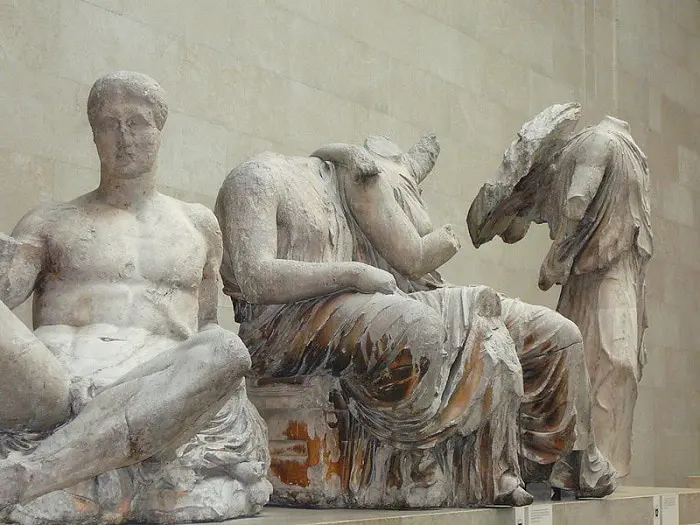
Thomas Bruce, also known as Lord Elgin, was the 7th Earl of Elgin and the English ambassador in Constantinople when he stole precious ancient sculptures from the Parthenon to take to England in the late summer of 1801, marking the beginning of the long dispute of their ownership.
The Scottish diplomat was a known art collector, and the time was a very different one from our own, but even then, there was a major outcry in Britain against his removing them from the Parthenon.
In May of 1800, he sent Embassy Secretary William Hamilton to Athens with six artists and craftsmen from Italy to assess the ancient monuments of Attica, especially the Parthenon. His original goal was simply to get casts from various monuments to make replicas with which to decorate his mansion in Scotland.
When the politics of the era led Turkey to align itself with Great Britain against France, however, Elgin seized the opportunity to personally benefit and acquire a huge collection of antiquities.
In 1801, he managed to obtain a letter from Kaimakam Segut Abdullah, who, at that time, replaced the Grand Vizier in Constantinople, urging the Ottoman authorities in Athens to allow his people to perform excavations around the Acropolis provided they not damage the monuments.

Lord Elgin’s ruthless dismantling of the Parthenon
From 1801 to 1804, Elgin’s crews worked on the Acropolis, causing considerable damage to the sculptures and the monument itself. They chipped away and divided up as spoils nearly half of the sculptures decorating the Parthenon, along with some architectural pieces from the structure of the building.
The first metopes from the Parthenon were removed on July 31st to August 1st, 1802. Hoards of looted antiquities were then packed in wooden boxes and transported by sea to England.
The first twelve boxes were loaded onto Elgin’s ship, the “Mentor.” However, the ship sank into Avlemonas of Kythera, not far from Antikythera, and it took two years to recover all the crates containing the antiquities.
Elgin finally returned back to his homeland in 1806, where he was criticized by several distinguished compatriots for wresting the Greek antiquities from their rightful place. They accused him of being a common thief and a vandal who, through improper means (bribes and so on), had desecrated respected cultural monuments for his own gain.
The Parthenon sculptures eventually ended up at the British Museum, where they are exhibited to this very day. Greek governments of the past few decades have made tireless efforts to repatriate the priceless pieces of ancient Greek history but to no avail as yet.
See all the latest news from Greece and the world at Greekreporter.com. Contact our newsroom to report an update or send your story, photos and videos. Follow GR on Google News and subscribe here to our daily email!



